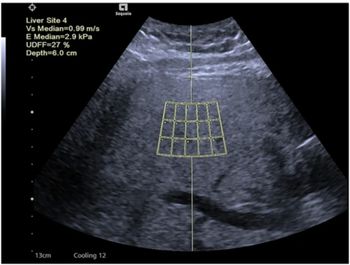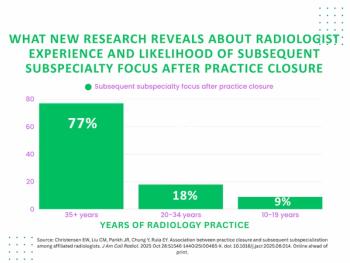
3M dispels doubts over RStar effort
3M's picture archiving and communications systems partnershipwith RStar is still alive and kicking, despite an executive housecleaningat RStar earlier this year (SCAN 4/7/93). 3M last month made sureits PACS effort hasn't been forgotten by announcing
3M's picture archiving and communications systems partnershipwith RStar is still alive and kicking, despite an executive housecleaningat RStar earlier this year (SCAN 4/7/93). 3M last month made sureits PACS effort hasn't been forgotten by announcing that it is"aggressively moving forward" with the RStar-developedtechnology.
3M and RStar revealed their partnership at last year's RadiologicalSociety of North America meeting (SCAN 12/16/92). The companiesare developing an ICU/CCU/ER mini-PACS link, as well as a remotedisplay and printing system.
RStar is a for-profit spinoff of Massachusetts General Hospital,formed to market PACS technology developed at the institution.
3M of St. Paul, MN, planned to begin marketing the productsin the second quarter of 1993. 3M is now targeting the end ofthe year for release of the systems, according to Michael McQuade,technical director.
McQuade declined to state whether the turmoil at RStar wasa factor in the delay, but the changes at RStar were significant.
Departing RStar were longtime president James Taaffe, as wellas the company's CFO, vice president of sales and vice presidentof administration. MGH administrators were brought on to fillseveral of the empty positions, prompting speculation that thehospital was reasserting control over the operation.
The housecleaning has had little effect on MGH's commitmentto its PACS effort, according to McQuade.
"The impression in the market was that RStar was definedby one or two people," McQuade said. "From our pointof view that wasn't the case. We came through those changes feelingthere's a very strong commitment to go ahead."
McQuade sees the 3M/RStar emphasis on sub-PACS systems as beingin line with both the future of PACS and of health care in general.
"We are trying to come at this from a more focused angle,"McQuade said. "A much more targeted application with a migrationpath to a more global system is where we see (PACS) heading."
Newsletter
Stay at the forefront of radiology with the Diagnostic Imaging newsletter, delivering the latest news, clinical insights, and imaging advancements for today’s radiologists.






























